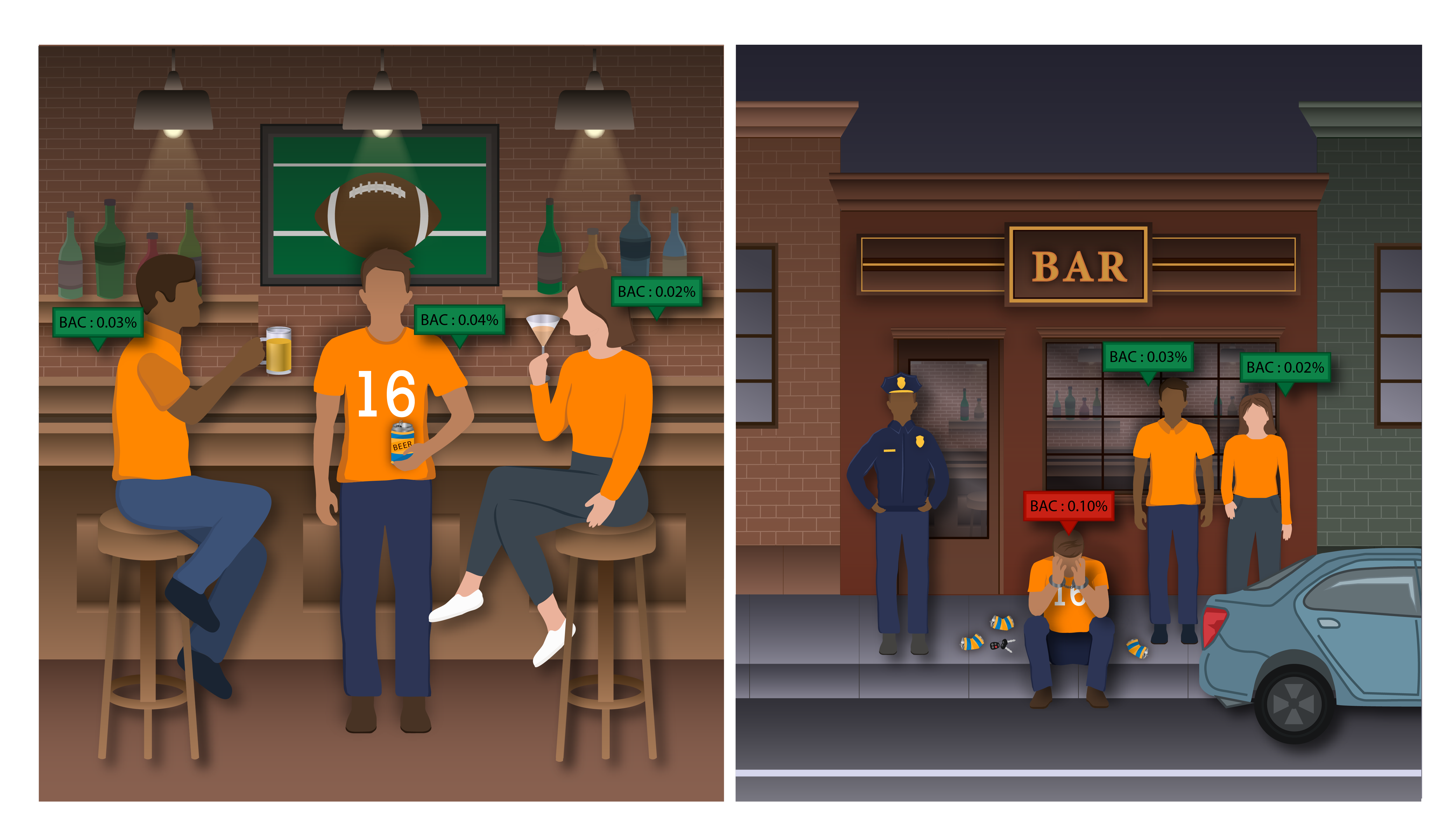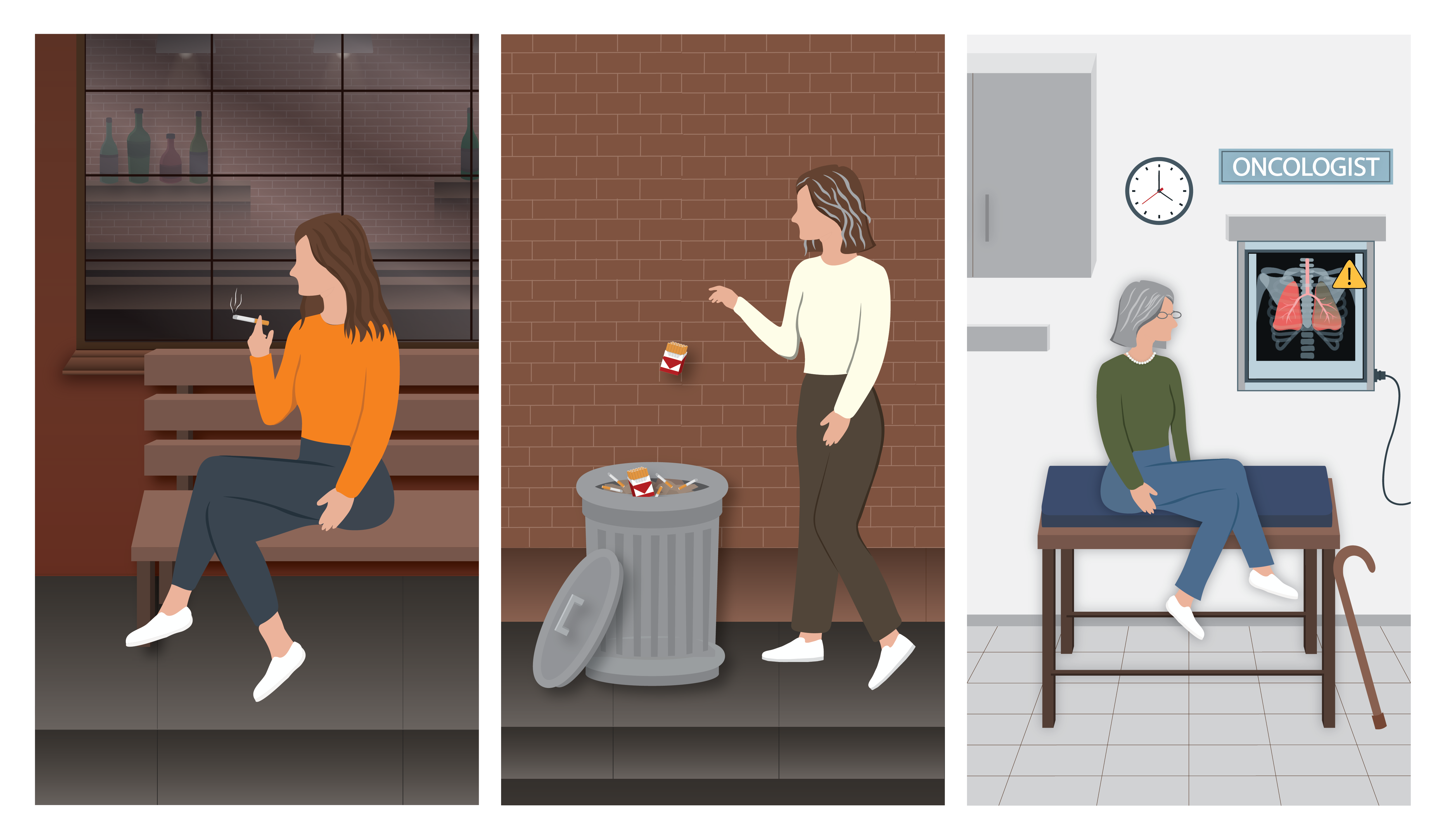Step 3: Toxicity Assessment
Objective: Assign oral reference dose (RfD) and inhalation reference concentration (RfC) values to evaluate the non-cancer effects of contaminants of potential concern. Additionally, assign oral slope factor (CSF) and inhalation unit risk (IUR) values to assess the carcinogenic effects of these contaminants.
- Noncancer Effects
Noncancer effects from environmental contaminants are often presented as a hazard quotient, which is calculated by dividing the exposure level by a reference level. This quotient acts as a guide; when the hazard quotient exceeds 1, it indicates that adverse effects are more likely. For instance, a mouse trap remains safe until you exceed its trigger pressure, just as environmental exposures are generally safe below a reference level. However, exceeding this level may lead to health effects, which typically resolve once the exposure stops. Alcohol consumption illustrates this concept; by law, impairment only occurs once blood alcohol content reaches the reference level of 0.08%, with impairment diminishing as alcohol leaves the system. Similarly, mercury exposure via fish consumption may cause effects like hand tremors, which are likely when the hazard quotient is above 1. Staying within recommended levels prevents these temporary health effects.

- Cancer Effects
Cancer effects from environmental contaminants are expressed as a probability calculated by multiplying the exposure level by a risk factor. Unlike noncancer effects, exposure to carcinogens can lead to tumor development long after the exposure has ended. This dose-response relationship captures the connection between exposure magnitude and adverse effects. For example, the amount of time (magnitude of exposure) you spend in the sun without protection is directly related to the severity of sunburn (adverse health effect) you receive. Similarly, smoking demonstrates this cumulative dose-response relationship, where both the quantity of cigarettes and the length of time someone has smoked contribute to a higher likelihood of developing lung cancer. Even after stopping, the risk remains elevated due to previous cumulative exposure. A third example is prolonged exposure to high levels of radon gas, which can lead to lung cancer years after the exposure has stopped. The more time a person spends in a radon-rich environment, the greater their risk, reflecting how cancer risks from certain environmental exposures persist well beyond the initial contact.

Return to the list of steps.
Next step.